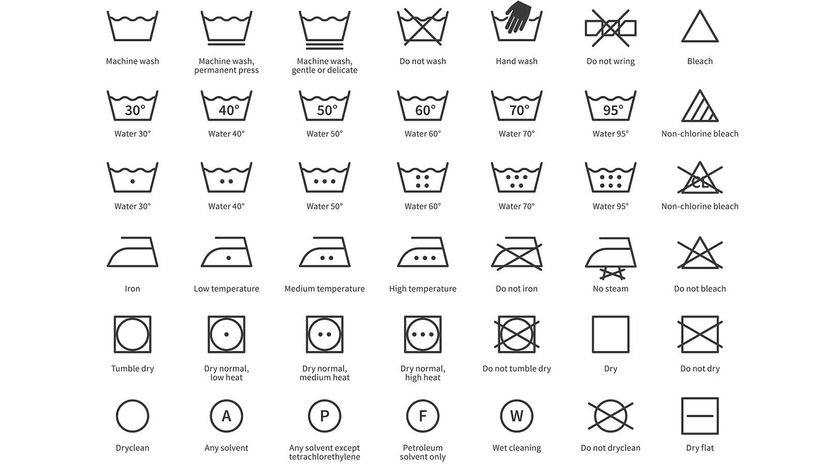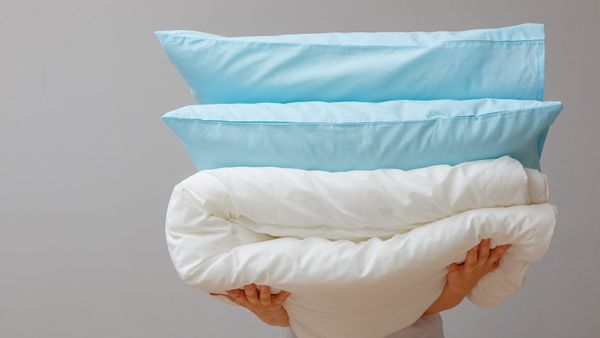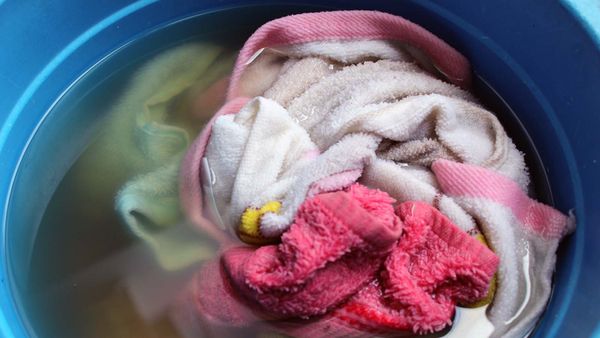While you might find words on your care label, some manufacturers only use symbols. (The FTC suggests that those using just symbols provide additional information so that consumers can understand the care label.)
A circle by itself usually means dry cleaning or wet cleaning. A circle inside a square changes "dry" to "tumble dry."
Adding lines, dots and other marks to these base symbols adds more information. For example, a large X through a symbol negates it or offers a warning, whereas an empty symbol often means that any version of what the symbol represents is OK to use.
So, because the triangle represents bleaching, a crossed-out triangle means "do not bleach," whereas a standard triangle signifies bleaching is OK on that garment. A standard tumble dry symbol means any heat level is fine, but a solid circle means no heat at all.
Some tags use a tiny hand to denote it requires hand-washing. And the list goes on. When you start looking at those five basic symbols, you'll see a language almost begin to form.
Clearly, care symbols pack a lot of data into a small space, but experts agree that there's room for improvement. A lot of people still don't understand the symbols and the lack of global standards makes providing care labels expensive and logistically difficult.
But if you pay close attention to the care labels on your garments and follow their instructions, you have a better chance of keeping your clothes in fabulous condition.




